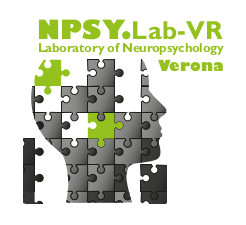Authors
Abstract
Conspicuous deficits in face recognition characterize prosopagnosia. Information on whether agnosic deficits may extend to non-facial body parts is lacking. Here we report the neuropsychological description of FM, a patient affected by a complete deficit in face recognition in the presence of mild clinical signs of visual object agnosia. His deficit involves both overt and covert recognition of faces (i.e. recognition of familiar faces, but also categorization of faces for gender or age) as well as the visual mental imagery of faces. By means of a series of matching-to-sample tasks we investigated: (i) a possible association between prosopagnosia and disorders in visual body perception; (ii) the effect of the emotional content of stimuli on the visual discrimination of faces, bodies and objects; (iii) the existence of a dissociation between identity recognition and the emotional discrimination of faces and bodies. Our results document, for the first time, the co-occurrence of body agnosia, i.e. the visual inability to discriminate body forms and body actions, and prosopagnosia. Moreover, the results show better performance in the discrimination of emotional face and body expressions with respect to body identity and neutral actions. Since FM’s lesions involve bilateral fusiform areas, it is unlikely that the amygdala-temporal projections explain the relative sparing of emotion discrimination performance. Indeed, the emotional content of the stimuli did not improve the discrimination of their identity. The results hint at the existence of two segregated brain networks involved in identity and emotional discrimination that are at least partially shared by face and body processing.
Pubmed link
